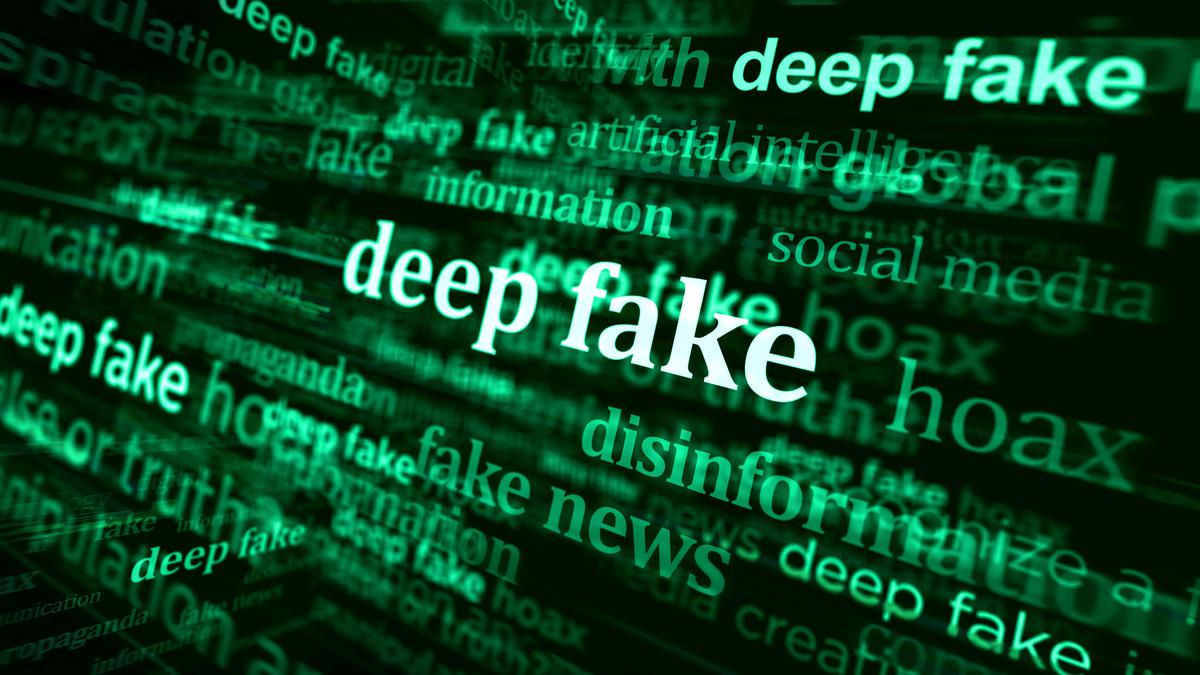Live Classes

Last month a video featuring actor Rashmika Mandanna went viral on social media, sparking a combination of shock and horror among netizens. The seconds-long clip, which featured Mandanna’s likeness, was manipulated using deepfake technology. Deepfakes are digital media, video, audio, and images, edited and manipulated using Artificial Intelligence (AI). Since they incorporate hyper-realistic digital falsification, they can potentially be used to damage reputations and undermine trust in democratic institutions. This phenomenon has forayed into political messaging as well, a concern in the run-up to the general elections next year.
Have deepfakes been used in politics?
Back in 2020, in the first-ever use of AI-generated deepfakes in political campaigns, a series of videos of Bharatiya Janata Party (BJP) leader Manoj Tiwari were circulated on multiple WhatsApp groups. The videos showed Mr. Tiwari hurling allegations against his political opponent Arvind Kejriwal in English and Haryanvi, before Delhi elections. In a similar incident, a doctored video of Madhya Pradesh Congress chief Kamal Nath recently went viral, creating confusion over the future of the State government’s Laadli Behna Scheme.
Other countries are also grappling with the dangerous consequences of rapidly evolving AI technology. In May last year, a deepfake of Ukrainian President Volodymyr Zelenskyy asking his countrymen to lay down their weapons went viral after cybercriminals hacked into a Ukrainian television channel.
Download pdf to Read More